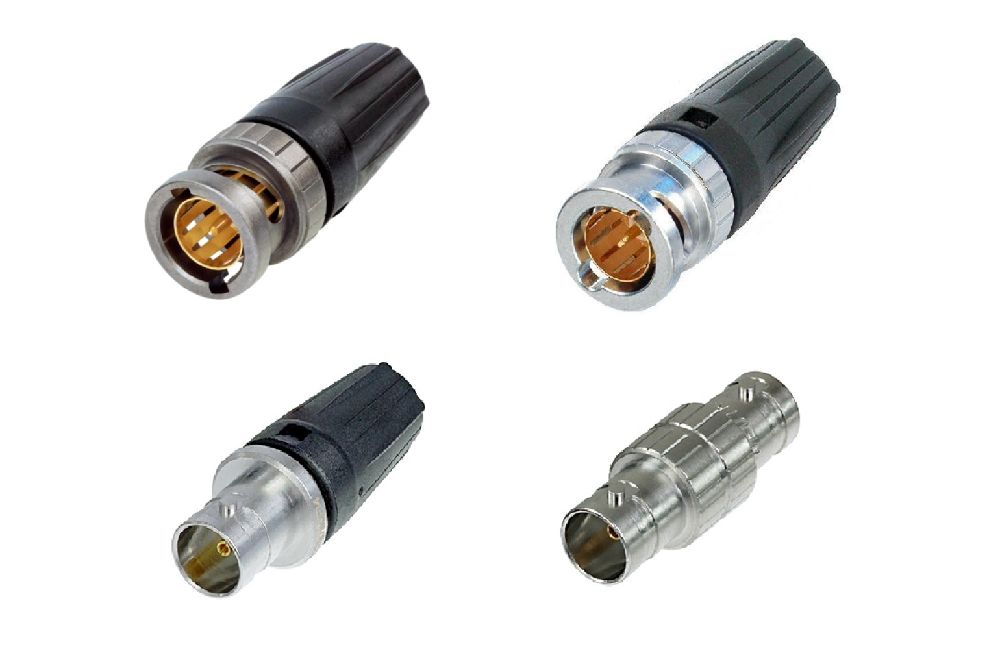BNC Connector
Within the sphere of connectors and cables, the BNC connector proudly wears the crown as a goto multitool affectionately dubbed the Swiss Army knife of the tech world. So what prowess lies within the realms of a BNC connector?
History and Development
The BNC connector affectionately referred to as the Bayonet Neill Concelman connector, pays homage to its innovators Paul Neill and Carl Concelman, who brought it to life in the late 1940s. Initially tailored for military use, these connectors swiftly made their way into numerous civilian sectors due to their robust design and user-friendly nature.
Anatomy of a BNC Connector
External Components
A classic BNC connector resembles a welloiled machine housing a cylindrical body with two bayonet lugs for swift and secure attachment. Its core features a central pin for seamless signal transmission and a coupling nut guaranteeing a steadfast connection.
Internal Components
Internally tucked within a BNC connector, you find a core conductor embraced by a dielectric insulator encased in an external conductor typically a metallic sleeve providing defense against electromagnetic interference.
Types of BNC Connectors
Different variations of BNC connectors cater to various applications: bayonet lock push and twist and miniature options with unique features and advantages.
Applications
BNC connectors are extensively employed in a multitude of industries such as telecommunications networking test equipment video surveillance and amateur radio due to their exceptional reliability in transmitting both analog and digital signals.
Advantages and Disadvantages
BNC connectors, known for their simplicity and durability, have enduring appeal among users. However, these connectors come with limitations, notably in bandwidth, when compared to more modern counterparts like HDMI or DisplayPort. Users often find solace in the reliability and robustness of BNC connectors, appreciating a blend of tradition and practicality.
Installation and Maintenance
To get a BNC connector up and running you need to handle that cable prep strip it down and put together the connector ensuring it is all good with thorough testing. Remember giving it some TLC through regular maintenance like a good clean and checkup can keep those BNC connectors going strong.
Common Issues and Troubleshooting
Despite the sturdy construction of BNC connectors issues such as signal loss or poor connections may arise. Resolving these problems typically involves simple troubleshooting steps like checking for loose connections or opting for higher quality cables.
Future Prospects
In the dynamic realm of connector technologies BNC connectors continue to hold significance across various applications, particularly in sectors emphasizing reliability and compatibility. Notably, ongoing advancements in digital communication may eventually lead to a gradual reduction in their prevalence.
Conclusion
The BNC connector remains a crucial player in diverse industries delivering a blend of reliability durability and ease of use. Mastering its anatomy types applications and maintenance is essential for optimal performance and longevity.
FAQs
1) Can I use a BNC connector for both digital and analog signals?
Yes indeed! BNC connectors wave their magic over both digital and analog signals much like a signal sorcerer catering to a diverse spectrum of applications with finesse.
2) Are BNC connectors weatherproof?
While certain BNC connectors offer weatherproof options, not all are suitable for outdoor use. It's crucial to verify the specifications before using them in outdoor settings.
You may also like: How To Hook Up A Toggle Switch









